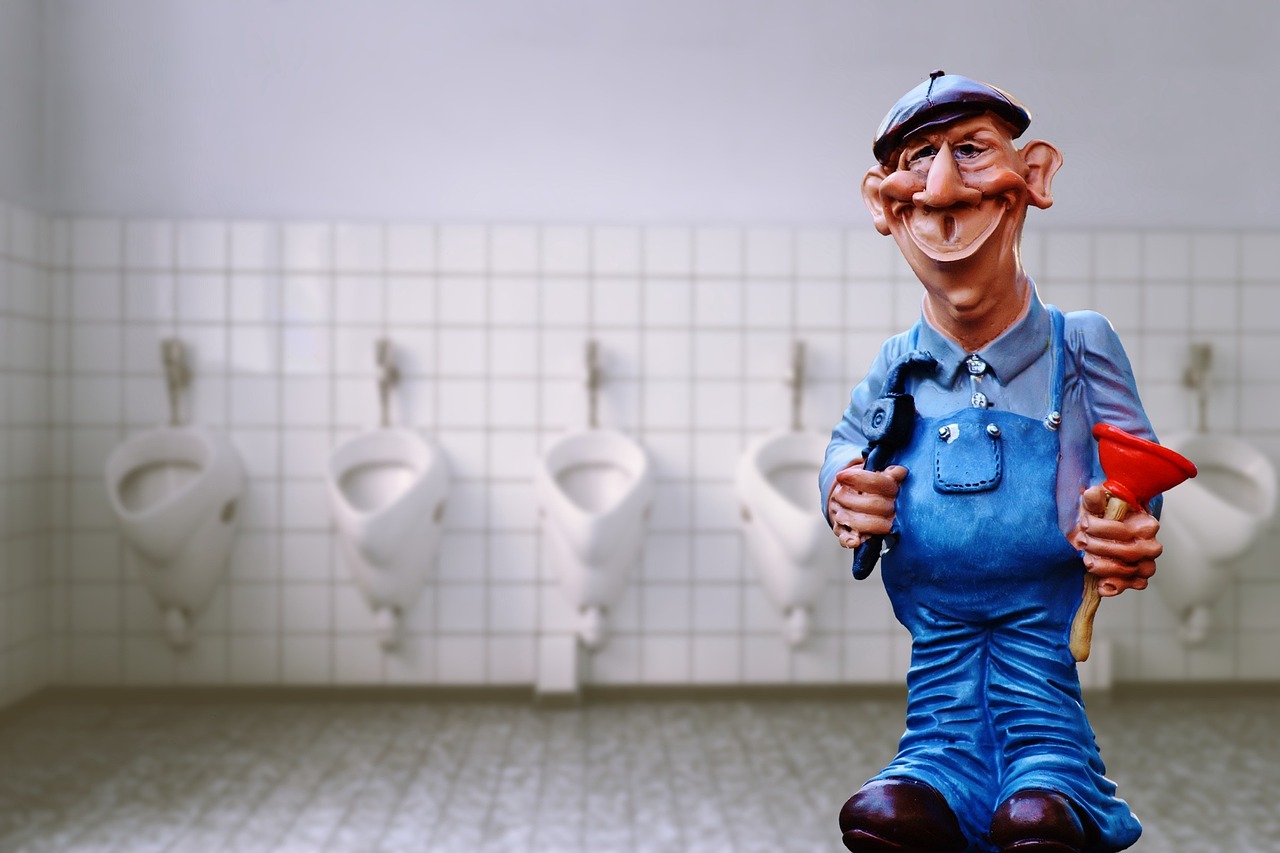A good job and a good work environment may be one of the reasons why you want to work as a plumber in Canada.
It is important to note that the demand for plumbing in Canada is decreasing, so the service is available in all regions of Canada. Plumbing education is available in Canada through various trade schools and other technical institutions.
In addition to the knowledge imparted to the company, guidance from experienced professionals in this field is essential. Career opportunities encourage you to explore becoming a Plumber.
There is no doubt that you will be successful as a Plumber in Canada if you are innovative and creative in new ways.
To do this, this article will provide you with all the necessary information, including ways to become a Plumber in Canada.
Who is a Plumber?
A person who is trained and licensed to install, operate and maintain plumbing fixtures, fittings and other plumbing equipment.
Plumbers perform installation and maintenance work in residential, commercial and industrial buildings. Most importantly, you don’t need a license to practice plumbing in Canada, but training and certification are key.
Types of Plumber in Canada
There are 4 types of Plumber in Canada:
1. A marketing Plumber
This type of pipe works in commercial environments such as hospitals, offices, banks and other related areas.
2. Plumbing and repairs
Here, the plumber works and maintains water systems, such as fixing leaks and repairing low pressure.
3. Home station
Plumbers help install, maintain and maintain water systems in a variety of buildings. Their work revolves around pipes, water networks and toilets.
4. Sanitary port
This faucet is responsible for cleaning and disinfecting the pipes of the plumbing system of a commercial or residential building.
This type of plumbing installs, maintains, and repairs water tanks and other areas of the home that require water.
The water supply inspector ensures that the above-mentioned tanks, water pipes in kitchens, bathrooms and toilets are working and doing important and correct work.
National Occupational Code (NOC) for Canadian Plumbers
Finally, if you are a Canadian Plumber, your profession will be equivalent to NOC 7251. Responsible for plumbing in Canada
Career opportunities are an important factor to consider when researching how to become a plumber in Canada. Officially, the following jobs can be performed by a trained and licensed plumber in Canada.
Preparation of plans, drawings and specifications to determine the design of sewage systems, water supply and drainage and sewage systems.
Responsible for the installation, maintenance and upkeep of residential, commercial, industrial buildings and systems.
Ensure that the location and marking of pipes, doors and equipment are on the wall and floor. Since it’s plumbing, you need to drill holes in the walls and floors to get access to the pipes and hoses.
Measure, cut and tape by hand with power or mechanical tools.
Connect pipes using clamps, screws, bolts, cement or adhesives and fittings. Check the tightness of the pipe using air and water. Take responsibility for preparing cost estimates.
What does plumbing work in Canada?
Canada is a country where construction takes place every day, be it commercial, industrial or residential. Construction and plumbing jobs are very popular, so plumbing jobs in Canada are very high. See below which Canadian provinces are facing water shortages:
- British Columbia
- Saskatchewan
- Manitoba
- Nova Scotia
- Ontario
Plumbing in Canada gives you the opportunity to develop your career through training and education.
4 Tips to Becoming a Plumber in Canada
Here are some tips to follow to find a job as a plumber in Canada.
1. Get a vocational certificate:
Possibly related to plumbing, especially if you go to vocational school. This is because you need a high school diploma to become a plumber in Canada and obtain a work permit.
2. Find an Employer:
Find an employer who wants to hire you for a marine training program in your area. To get more options for your project, you should apply with other employers. Once you have made your choice, you can proceed to sign the project contract and start immediately. The training program requires you to spend 4 years acquiring theoretical and practical knowledge of plumbing. In the training program, you will receive at least 75% on-the-job training and receive a partial maintenance allowance from your employer.
3. Passed Test:
It is important to prove your level of knowledge and the knowledge you have acquired during the training program. Therefore, you should check professional certifications and documents in plumbing installation. You must get at least 70% to get the certificate. It is better to check the study guide regularly and take the necessary time.
4. Get Certify:
The Canadian Council of Apprenticeship Directors (CCDA) wants to certify you as a Plumber in Canada. Sailors get a red seal by passing a pipe test. If approved, you will receive a plumber’s license in Canada. Boaters planning to take the Red Drill test should read the NOC for Owners and others.
